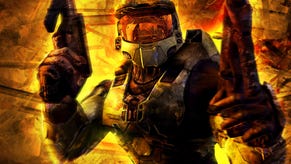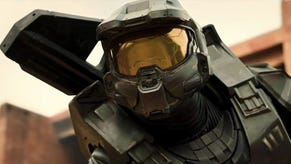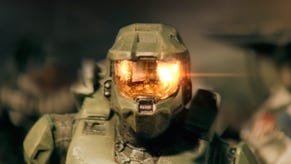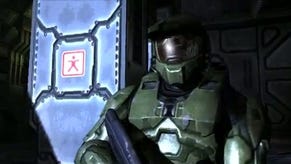Better Than Halo: The Making of Halo 2
As Microsoft prepares to switch off Xbox 1, Bungie reveals the painful birth of the game that defined Xbox Live.
"It's very difficult to describe the feeling of shipping a game," says Chris Butcher, engineering lead on Halo 2. "There's tremendous pride at first, but that quickly wears off and all you see are the flaws. Then you're motivated to do better next time - that drive to improve ourselves is a core part of the Bungie culture, it's something I love about working here."
With that internal drive (Bungie's developers are "always, always our own most severe critics", Griesemer says) combined with the external pressure from Halo's newfound fanbase, each part of the team set to work on ambitious plans to improve its own aspect of the game. Enormous lists of features were drawn up. Much of Halo's engine had been hacked together in a massively rushed development period - "we were taking advantage of the fact that the Xbox hardware was more powerful than the baseline PC at that moment, so we could do things in a short-cut, hacky way and just get it working," explains Griesemer. That work would all be thrown out, and a fresh start made on a new, top-of-the-line game engine.
"We had learned so much about the console and how we could take advantage of it," says Butcher. "We had so many new directions we knew we could go in. We tried to take it all on simultaneously, and we delivered an almost complete rewrite of the engine."
Not only was the engine rewritten - it was now going to do things that Combat Evolved hadn't dreamed of. One of those, and perhaps the single most important reason for Halo 2's enduring fame, was online multiplayer.
"The one area in which the success of Halo 1 was totally surprising to us, and completely changed how we thought about Halo 2, was LAN parties," says Butcher. "We never really thought that people would do a lot of playing Xbox multiplayer on LAN, even though people in our office played it all the time... Well, it only worked five weeks before we shipped the game, but in those five weeks we played a lot of Halo multiplayer!"
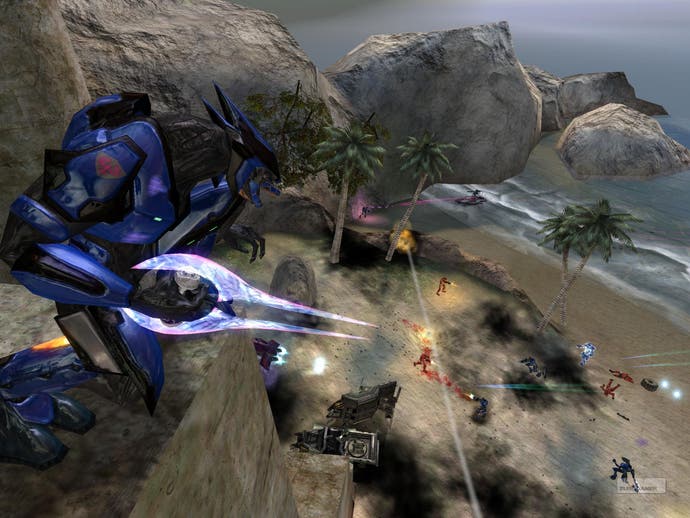
"We had a lab full of Xboxes on a LAN, so we played 16-player CTF every single afternoon," Griesemer remembers. "It was fun, so this was what we designed for - but when we shipped, the vast majority of our fans never got to experience that. They were playing four-player split-screen on the smallest maps. There was a total disconnect."
"We looked at the small set of fans who were able to do this," continues Butcher, "and just how much they were enjoying themselves, and asked ourselves if we could bring that to everybody. That would be something really special, really unique."
Halo 2 online multiplayer was born in that moment, and with it, arguably, the entire success of the Xbox Live service. It feels, to an outside observer, like a momentous moment. To Bungie, however, it just felt like a logical progression.
"Bungie has always been about multiplayer," says Griesemer. "If you look back, Myth was about multiplayer, Marathon was about multiplayer... The first real Bungie game was Minotaur, and that was multiplayer-only, which was crazy at the time!"
"We're competitive people," interjects Chris Carney, multiplayer designer on Halo 2. "It always feels like a logical extension to say, hey, that's pretty cool, but what if we did that head to head?"
Butcher agrees. "It's just a good way of testing out your design ideas, right? You might think that some system is good, but until you try to use that system to kill your co-workers, you're not really going to be pushing its limits."



